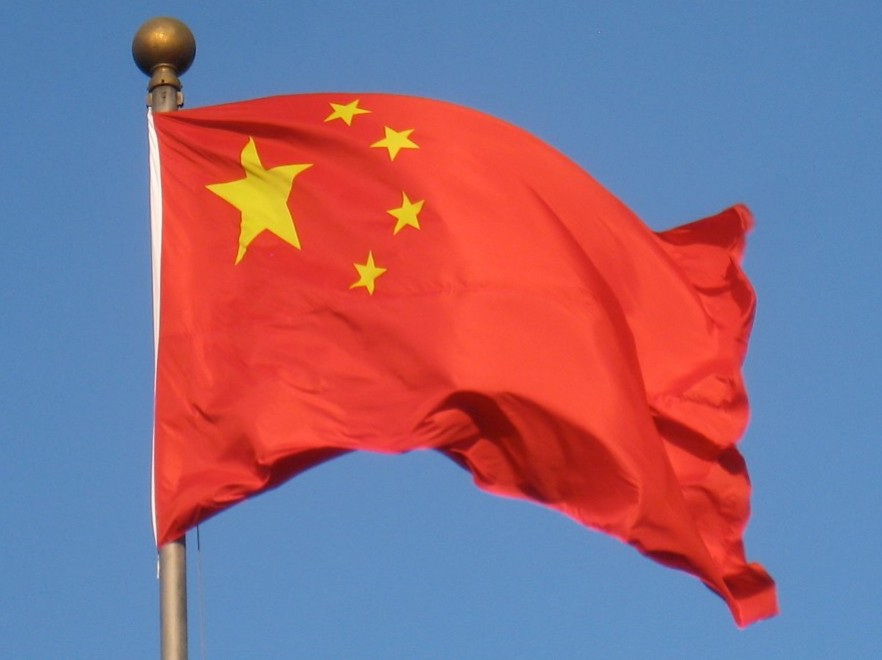It must be difficult for GCL-Poly shareholders who combed through the polysilicon manufacturer’s first-half figures – reissued yesterday – to decide whether they should regard project development business GCL New Energy (GNE) as the golden goose or a dead weight.
At the top of the 122-page update, where all the encouraging figures are displayed, GNE was constantly highlighted as the part of the business keeping things together alongside the parent company’s loss-leading polysilicon operation.
The project development business generated first-half revenue of RMB3.42 billion (US$483 million), up almost 16% on the RMB2.96 billion banked in the same period of last year when – for five months at least – the China solar market was roaring along. That added up to a six-month profit of RMB410 million from the GNE unit, according to the GCL-Poly figures, originally published earlier this month,
Shareholders in the Hong Kong-listed project developer who had digested the first-half figures related solely to GNE that were published yesterday, of course, will take scant consolation in such a profit when weighed against a current-assets-to-liability deficit of RMB11.3 billion but a profit is a profit.
Loss leader
And GNE was a shining beacon compared to the performance of GCL-Poly’s soon-to-be core ‘solar materials’ manufacturing business, which dragged down group performance to a RMB998 million loss, after a RMB382 million profit from January to June last year. Total revenue retreated from RMB11 billion to RMB10 billion on the same comparison.
Glance at the economics of selling polysilicon and wafers at the moment and it is easy to see why.
Whilst the executives trumpet the 48,000 MT expansion of annual n-type grade poly production capacity – which will soon hit the 60,000 MT mark – revenue has been obliterated by price pressures on both products. According to GCL-Poly, the average selling price of polysilicon fell from RMB99/kg in the first half of 2018 to RMB60.9 in the same period of this year. By the same comparison, wafer prices fell from RMB0.7/W to 0.423. The result was that polysilicon production operations suffered “continuous loss during the six months ended 30 June” for a financial performance “less satisfactory than expected”.
“There remains substantial room for cost reduction for quasi-mono wafer”, stated GCL-Poly of a product it is placing a lot of faith in. Its producer had certainly better hope so to turn around a solar materials unit that has gone from a RMB256 million profit in the first half of last year to a RMB1.31 billion loss, year on year.
A double-edged sword
So what about that GNE business? The parent company plans to offload it to Chinese state-owned China Hua Neng Group Hong Kong Ltd despite its positive first-half figures. As with most things GCL, it is all to do with paying down debt.
The RMB11.3 billion current liabilities deficit attributed to GNE is part of a RMB23.8 billion potential black hole at parent GCL-Poly so offloading the former would lighten the load. And the need appears pressing. Some RMB29.9 billion of GCL-Poly’s borrowings are due in the next 12 months. The parent has borrowings of RMB64 billion and has burned through cash to the extent the RMB7.92 billion it had in the bank ate the end of June last year has dwindled to RMB3.54 billion.
There is no need to worry though, stated the board, because GCL-Poly can finance itself through the next year by issuing notes and convertible bonds, maxing out its bank overdrafts, renewing its borrowing arrangements, banking cashflow from operations and selling off GNE. Just look at where income from operations is placed on that list of priorities.
Oversight
Even the language used in trying to blithely explain why GCL-Poly breached a covenant that caused RMB4.76 billion of defaults at GNE fails to reassure. That problem was rectified with a waiver secured from the relevant lenders, stated the update, “on discovery of the breach”. How much attention will GCL-Poly be paying to all those borrowings it breezily assures investors will ease it through another year?
The plan, presumably, is to limp along in cashflow terms, continually borrowing to expand its currently loss-making polysilicon manufacturing until the much-trailed solar gold rush kicks off in GCL-Poly’s back yard next month. At that point, GNE and its shocking balance sheet can be sold and taken off the books.
“The past year was the darkness before the dawn for GCL-Poly,” stated one eye-catching line in the update, “with daybreak looming on the horizon.”
The unnamed trustee who cashed in 100 million GCL-Poly shares under the company award scheme to bank RMB66.5 million during the first-half may well have feared they could see something else looming on the horizon.
This article was amended on 26/08/19 to reflect the first-half figures for GCL-Poly were originally released in the first week of August and then reissued on Thursday, August 22, following publication of the GNE figures on the 22.
This content is protected by copyright and may not be reused. If you want to cooperate with us and would like to reuse some of our content, please contact: editors@pv-magazine.com.




By submitting this form you agree to pv magazine using your data for the purposes of publishing your comment.
Your personal data will only be disclosed or otherwise transmitted to third parties for the purposes of spam filtering or if this is necessary for technical maintenance of the website. Any other transfer to third parties will not take place unless this is justified on the basis of applicable data protection regulations or if pv magazine is legally obliged to do so.
You may revoke this consent at any time with effect for the future, in which case your personal data will be deleted immediately. Otherwise, your data will be deleted if pv magazine has processed your request or the purpose of data storage is fulfilled.
Further information on data privacy can be found in our Data Protection Policy.